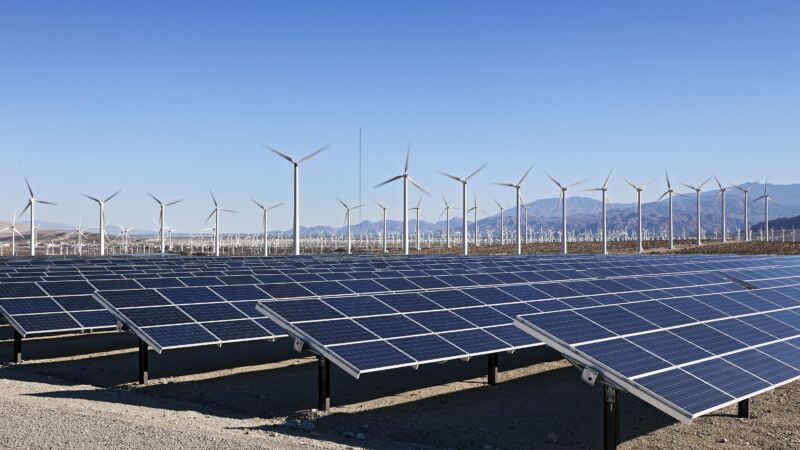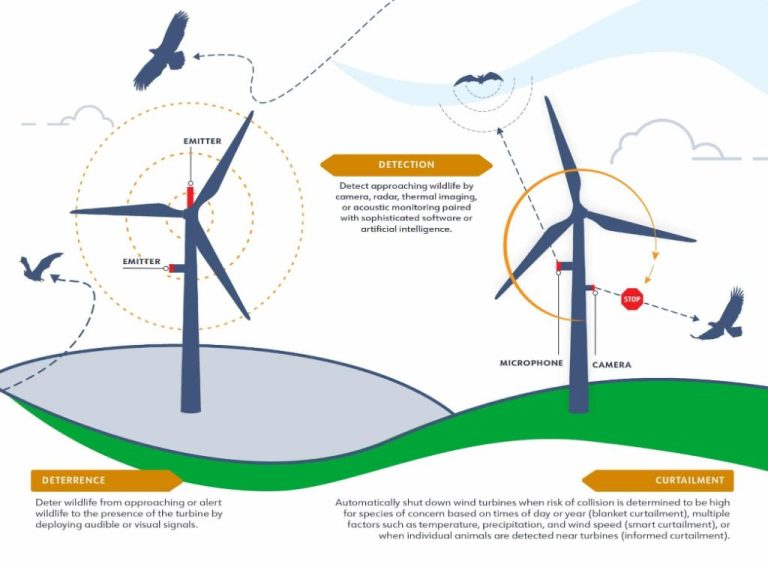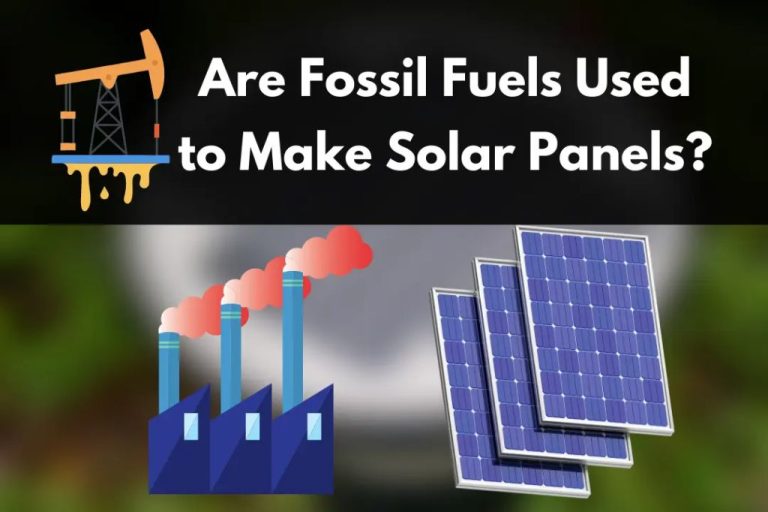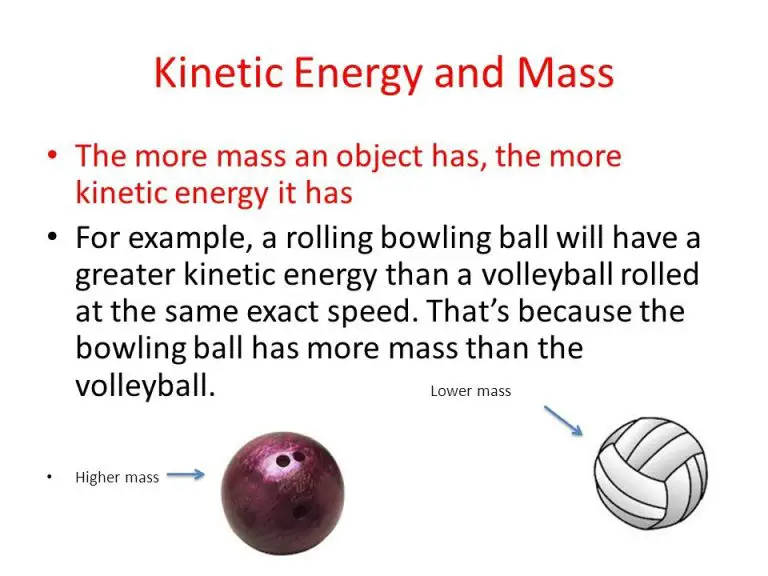What Is The Production Tax Credit Rate For 2023?
The production tax credit (PTC) is a federal tax credit that provides financial incentive for electricity production from various renewable energy sources. The PTC was first established in 1992 under the Energy Policy Act and has been an important policy mechanism to boost renewable energy growth in the United States.
The PTC provides a tax credit per kilowatt hour of electricity generated from qualified energy resources such as wind, geothermal, biomass, landfill gas, municipal solid waste, hydroelectric, and marine and hydrokinetic renewable energy technologies. By providing a production-based incentive, the PTC has helped reduce the cost of generating renewable electricity and made these sources more financially competitive with conventional fuels.
Current PTC Rate

The Production Tax Credit (PTC) rate for 2022 is 1.5 cents per kilowatt-hour (kWh) for electricity generated from utility- and industrial-scale wind farms and biogas facilities. This tax credit is an incentive designed to encourage the production of renewable energy in the United States. The PTC has been a critical policy for supporting the growth of the wind industry since its inception in 1992.
After expiring and lapsing several times over the years, the PTC received a multi-year extension under the Consolidated Appropriations Act at the end of 2020. This extension kept the PTC at 1.5 cents/kWh through 2021. The Inflation Reduction Act passed in August 2022 then provided a 1-year extension to the current rate, ensuring it will remain available at 1.5 cents/kWh for facilities that begin construction in 2022 and are placed in service by the end of 2023.
PTC Rate for 2023
The production tax credit (PTC) rate for renewable energy projects that begin construction in 2023 will be 4.373 cents per kilowatt-hour, according to recent legislation extending the PTC. This is the latest extension of the longstanding tax credit that has helped spur growth in the wind and solar industries since it was first introduced in 1992.
The Inflation Reduction Act, passed in August 2022, included a one-year extension of the PTC at a rate of 60% of the statutory rate of 1.5 cents per kilowatt-hour, adjusted for inflation since 1993. With inflation adjustments, the 2023 PTC rate will be 4.373 cents per kilowatt-hour—down from the 2022 rate of 6.616 cents per kilowatt-hour.
The lower 2023 rate reflects the gradual phase-out of the PTC as part of its extension under the Inflation Reduction Act. However, receiving 60% of the full rate still provides substantial support for new renewable energy projects next year. The PTC has helped drive exponential growth in wind energy over the last two decades, so the 2023 extension should ensure continued development.
Eligible Technologies
The production tax credit supports a variety of renewable energy technologies that qualify for the incentive. The main technologies that are eligible include:
-
Wind – This includes utility-scale and smaller wind turbines used to generate electricity.
-
Geothermal – Geothermal plants that use geothermal reservoirs to produce electricity qualify.
-
Closed-loop Biomass – Generating plants that use dedicated crops or trees grown specifically for energy production to make electricity are eligible.
-
Open-loop Biomass – Plants using agricultural livestock waste nutrients or municipal solid waste and landfill gas as fuel also qualify.
-
Hydropower – Incremental hydropower capacity additions at existing dams and new small irrigation hydro projects qualify.
-
Marine & Hydrokinetic – Projects harnessing wave, tidal, ocean thermal and river current energy are also eligible.
These renewable technologies that generate electricity and meet eligibility criteria can qualify for the production tax credit.
Impact on Renewables Industry
The production tax credit rate for 2023 is expected to have a significant impact on growth in the renewable energy industry. The PTC provides a per-kilowatt-hour tax credit for electricity generated from qualified renewable energy sources such as wind, solar, geothermal and others. This financial incentive makes renewable projects more economically viable and attractive to developers and investors.
With the PTC rate reduced to 1 cent per kWh for 2023, there are concerns this will slow down new investments and capacity additions in renewable power. The lower PTC value reduces the overall revenue streams and returns on investment for new renewable energy projects. As a result, some planned projects may be delayed or cancelled if they are no longer financially viable.
Industry groups have warned that the lower 2023 PTC rate could result in up to 75% less renewable energy capacity added compared to previous years when the PTC was higher. This would be a major setback for efforts to grow America’s renewable energy infrastructure. With fewer new projects being built, there will be reduced economic activity and job creation in the clean energy sector.
On the other hand, some analysts predict that more efficient technologies and falling costs may help offset the impact of the reduced PTC. Focus may shift to more competitive wind and solar markets that can thrive even with a lower PTC. Overall growth may be slower than before, but the renewable industry will likely continue expanding albeit at a more moderate pace. The long-term trajectory remains positive as more states set renewable energy targets and costs continue to decline.
Criticisms
The production tax credit has faced criticism from some policymakers and interest groups since its inception. Here are some of the main arguments against the PTC:
Market Distortion
Opponents argue the PTC distorts the energy market by providing an unfair subsidy to renewables, making them artificially competitive with conventional sources like fossil fuels. This puts conventional energy at a disadvantage.
Wasteful Spending
Some view the PTC as wasteful government spending, funneling billions in taxpayer money to an industry that should compete on its own merits. The costs of the PTC are seen as an unnecessary burden.
Uncertainty and Start/Stop Cycle
The on-again, off-again nature of the tax credit creates uncertainty in renewable energy investment and growth. Project development is hampered when the PTC lapses for periods of time.
Benefits Mature Industries
Critics argue the PTC excessively benefits established technologies like wind and solar, rather than newer innovations still gaining a foothold. The tax credit distorts investment toward existing players.
Geographic Imbalance
The PTC is seen to disproportionately benefit certain regions with the best renewables resources, like the wind belts in the Midwest. Some view it as widening geographic disparities in the energy industry.
Support for the Production Tax Credit
The production tax credit has received strong support from many stakeholders in the renewable energy industry. Advocates argue that the PTC is crucial for encouraging continued growth and innovation in renewable power generation.
Major supporters of the PTC include:
-
Wind and solar trade associations – Groups like the American Wind Energy Association and the Solar Energy Industries Association argue that the PTC allows renewable energy to compete economically with heavily-subsidized fossil fuels.
-
Environmental organizations – Environmental groups view the PTC as critical for reducing greenhouse gas emissions from the power sector by incentivizing deployment of zero-emission resources.
-
Project developers – Renewable energy developers rely on the PTC to improve project economics and secure financing for new wind and solar facilities.
-
Rural communities – The PTC supports economic development and landowner income in rural areas where many renewable projects are located.
-
State policymakers – Many states have renewable energy standards and goals that are aided by federal incentives like the PTC.
Supporters stress that the PTC delivers valuable environmental and economic development benefits. They argue the PTC should be extended to provide market certainty and sustain the growth of renewable power generation in the U.S.
Future Outlook
The production tax credit is not guaranteed to continue indefinitely. While the PTC has received bipartisan support in the past, there are differing views on whether renewable energy still requires significant subsidies. Some critics argue the PTC should be phased out soon, pointing to declines in renewable energy costs and maturation of the industry. Supporters counter that the PTC is still needed to make renewables competitive and drive additional growth.
Much depends on the policy priorities of future Congresses and administrations. If climate change legislation becomes a higher priority, the PTC may be extended to help meet emissions reduction goals. However, concerns over deficits could lead to letting the PTC expire or reducing it. The renewable energy industry will likely lobby strongly for extending the credit if it appears at risk of lapsing. Overall, the long-term future of the PTC remains uncertain. Congress could maintain the expanded rate, reduce it, or let it expire after 2023. The trajectory of the PTC will impact future renewable energy investments and generation in the United States.
Global Comparisons
The PTC rate in the United States is relatively high compared to other countries around the world. Many countries have adopted similar incentive programs to spur renewable energy growth, but their rates are often lower than the current U.S. PTC.
For example, the United Kingdom offers a Contract for Differences program that provides long-term contracts with guaranteed prices for renewables. The rates under this program are much lower than the PTC, ranging from £40-92/MWh depending on the technology. Germany has adopted feed-in tariffs that also provide incentive rates below the U.S. PTC level.
Some key global PTC equivalent rates include:
- United Kingdom – £40-92/MWh for onshore wind, depending on contract date
- Germany – €80-91/MWh for onshore wind, depending on project size and location
- China – ¥250-350/MWh (approx. $36-50 USD/MWh) for onshore wind
- Brazil – $108/MWh base rate for onshore wind
The U.S. PTC provides one of the highest production incentives globally. However, the uncertainty around the PTC has also hampered growth of the U.S. renewable industry compared to more stable policies in Europe and elsewhere.
Conclusions
The production tax credit is an important policy mechanism that has helped drive growth in the US renewable energy industry. For 2023, the PTC rate is set at 60% of the full credit amount established in 1992. While lower than previous years, this still represents a valuable incentive for companies investing in new renewable energy projects.
Key takeaways include:
- The PTC aims to accelerate deployment of renewable energy technologies like wind, solar, geothermal and others.
- The credit amount fluctuates year-to-year based on a legislated phase-down schedule.
- In 2023, the PTC will be worth 1.2 cents per kWh produced from eligible facilities.
- Critics argue the PTC distorts markets, while supporters tout its effectiveness and economic benefits.
- The future of the PTC is uncertain, but it has already helped drive substantial growth in US renewable energy.
Overall, the PTC at 60% value will provide continued support for renewable energy projects in 2023. The long-term impacts on technology advancement, costs declines and energy transition goals remain to be seen.




